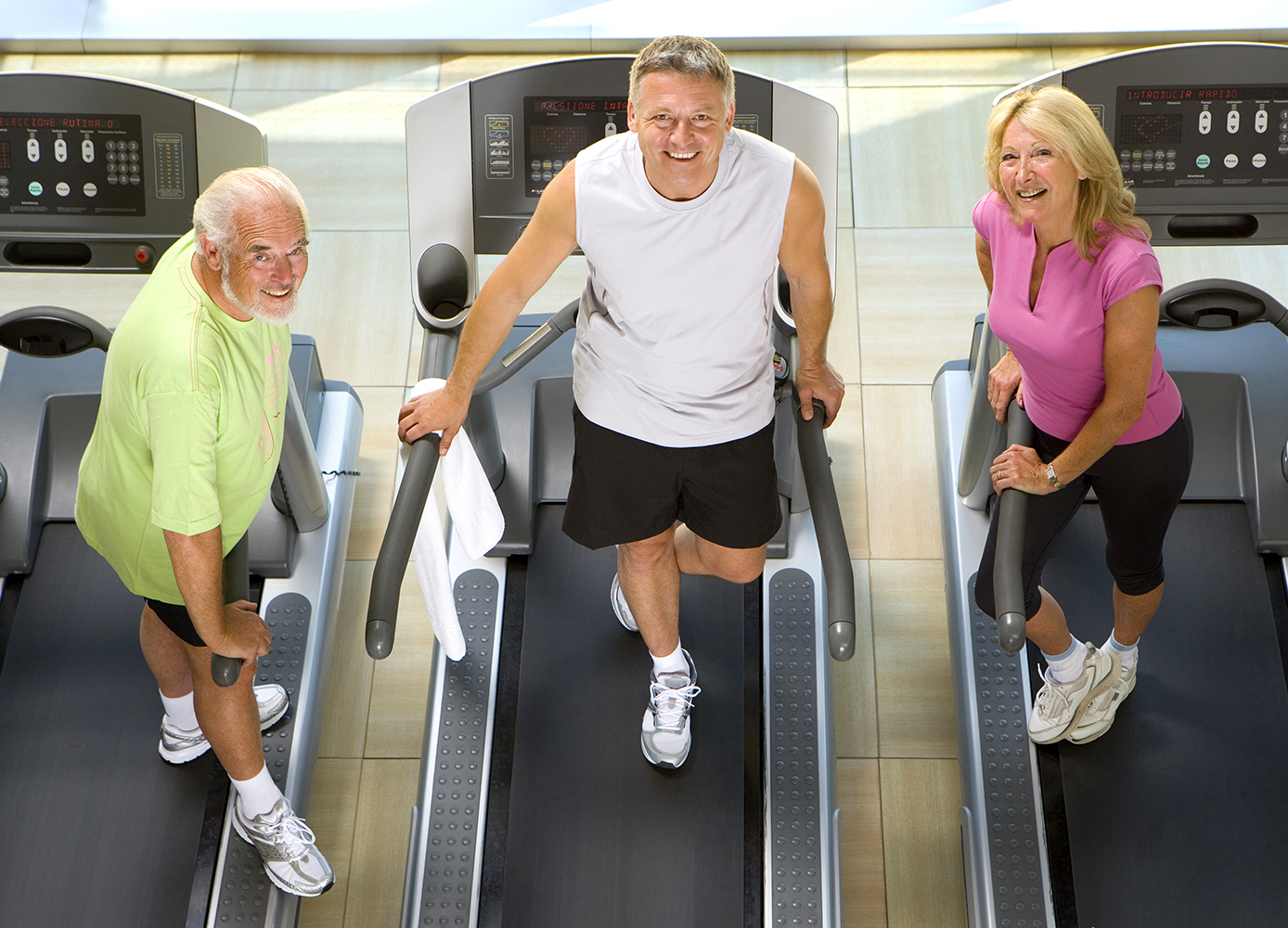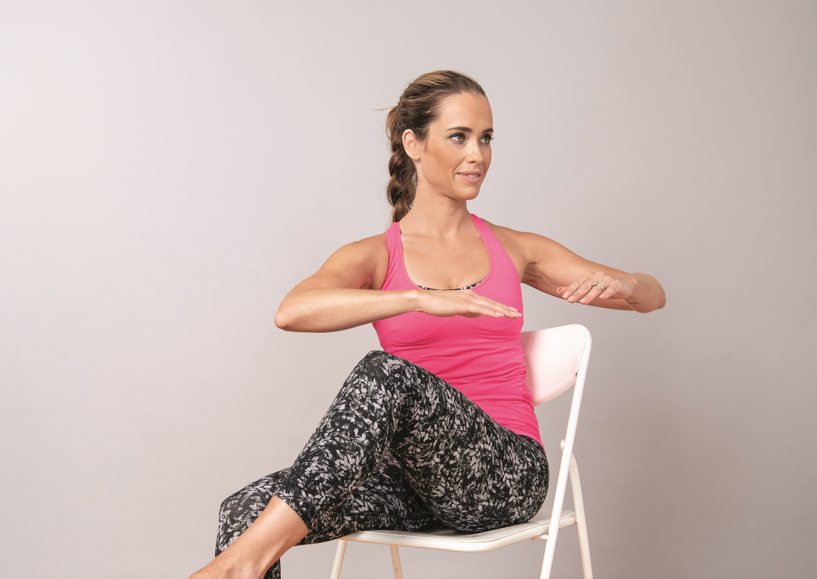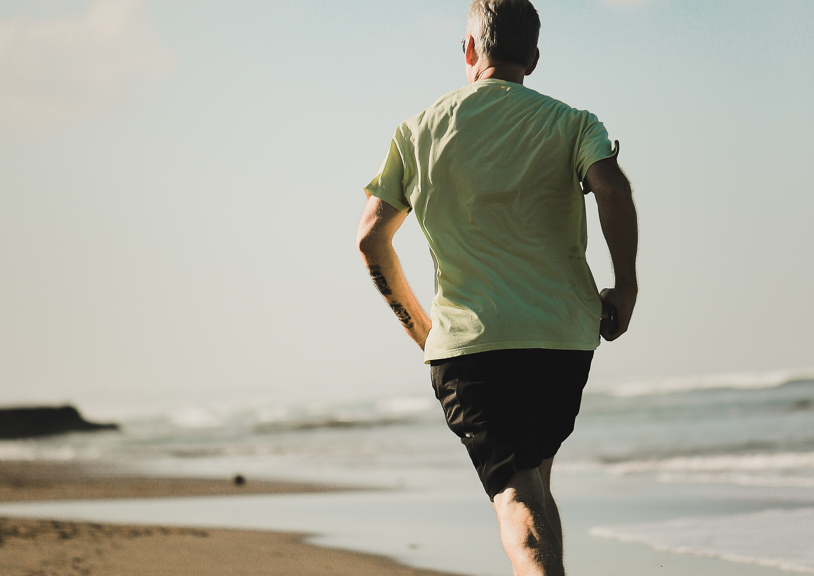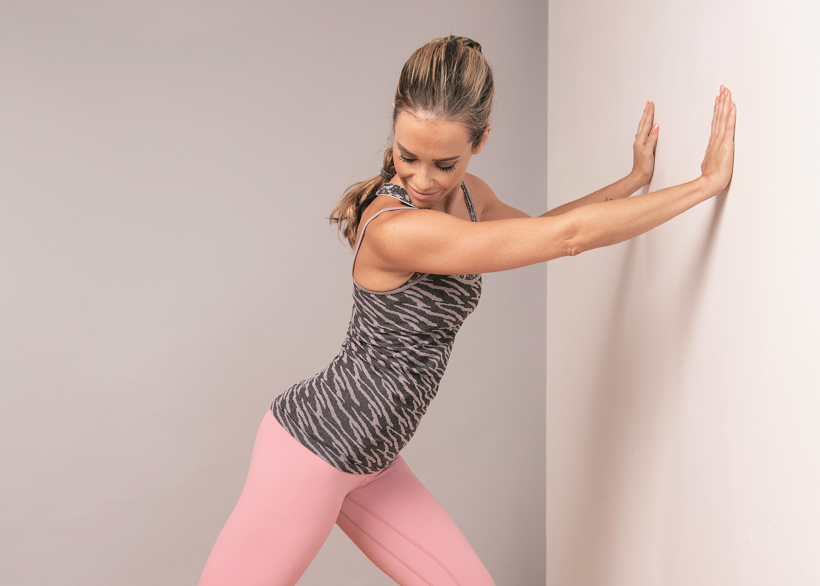Researchers say even four-minute high-intensity workouts can boost your fitness
By Caitlin Finlay
The World Health Organization (WHO) recommends 150 to 300 minutes of moderate activity or 75 to 100 minutes of vigorous activity each week. While those goals may be attainable for some, they’re often beyond the reach of those with limited free time (or none) due to family or work obligations. For them, US researchers have some good news.
According to study results based on a review of more than 10 years’ worth of research, “low-volume” high-intensity interval training (HIIT) workouts of about 20 minutes (including warm up and cool down) provide health benefits similar to those derived from following the current WHO recommendations, even though they required much less time. HIIT workouts are a combination of high-intensity exercises with short recovery periods between exercises. The researchers defined low-volume HIIT as sessions with active periods lasting 15 minutes or less. This type of exercise was shown to improve heart function and arterial health.
The study, recently published in the Journal of Physiology, supports the authors’ previous findings about the benefits of low-volume HIIT workouts. Results they published in Diabetes Care showed that HIIT workouts of as little as four minutes done three times a week for 12 weeks had health effects in patients with Type 2 diabetes comparable to those of 45 minutes of moderate-intensity exercise. The benefits included improved blood-sugar levels, cardiorespiratory fitness, and reduced fat in the liver.
“While the WHO guidelines may serve their purpose at a populational level, individualized and tailored low-volume HIIT interventions delivered by appropriately trained exercise professionals may be more effective at an individual level, especially for time-poor individuals,” Dr. Angelo Sabag, the corresponding author of the study, said in a press release from The Physiological Society. “This research is especially important now as people are looking for new and exciting ways to engage in regular exercise, after a year of lower physical activity due to the pandemic.”






